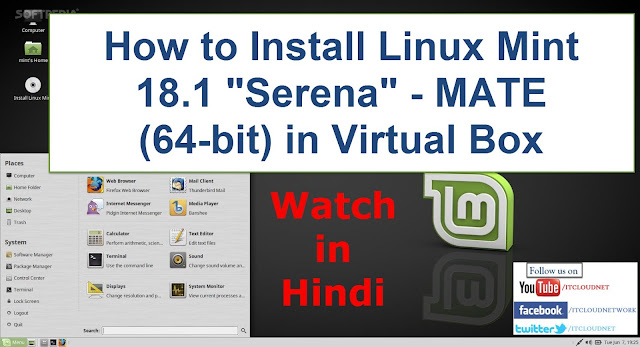How to Create a User Administration Account
In this Tutorial You Will Be Learn About the Following ....
 |
| User Administration |
In this Tutorial You Will Be Learn About the Following ....
- New User with New & Existing Parameters
- Comment
- Shell
- View & New Properties
- Delete User With & Without Home Directory
- Change Login Name
- Lock Account and
- Unlock Account
Click Here to Learn About:- Basic Commands of Linux
Click Here to Learn About:- Vi Editor Commands
Step1 :- Create a User itcloudnet with Following Parameters
Step2 :-
Step3 :-
Step4 :-
Step10 :-
Step11 :-
Step12 :-















































